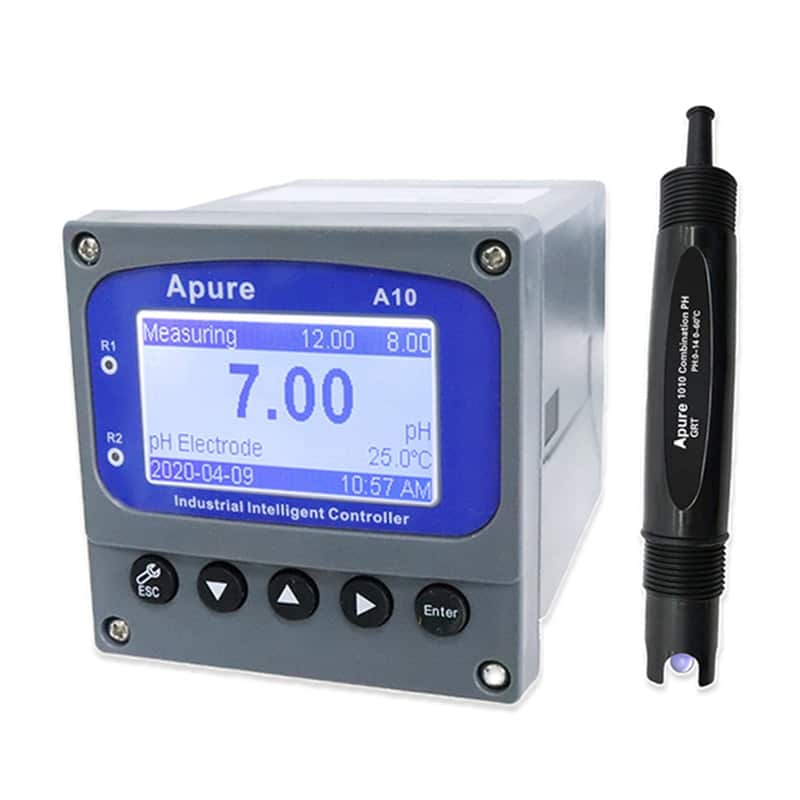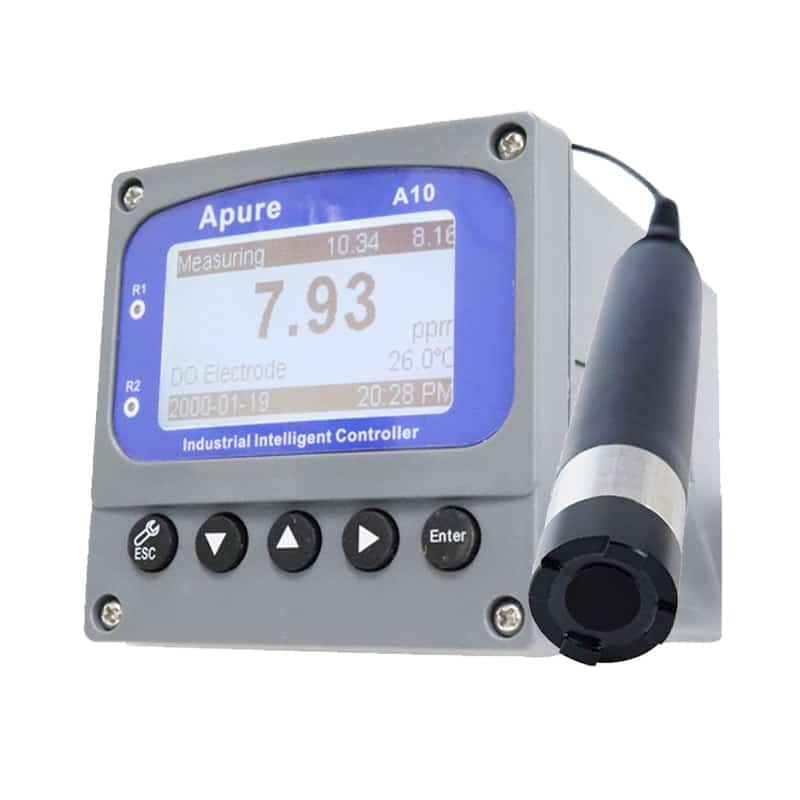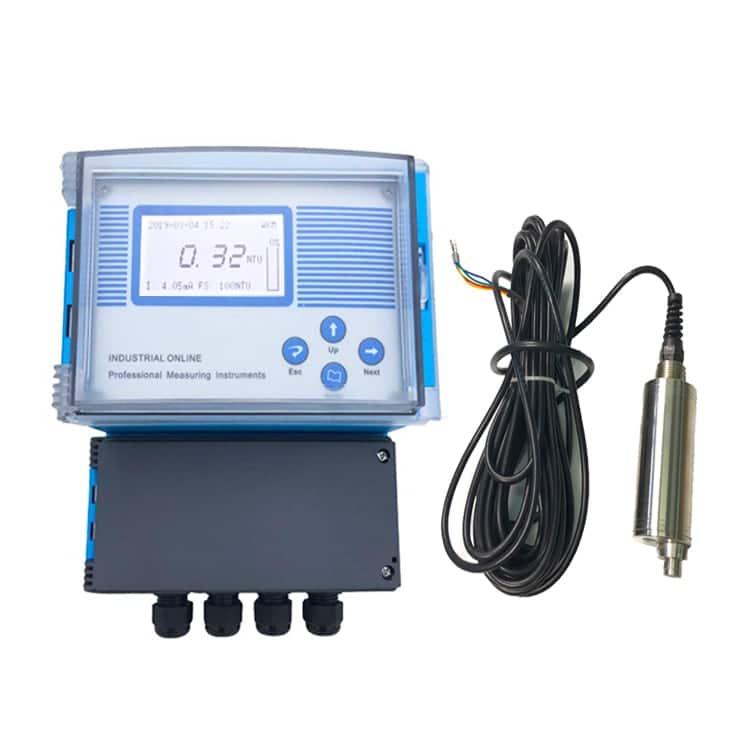Types of water pollution can be categorized in various ways, each having a unique impact on our water systems and environment. Water pollution is a global issue that affects ecosystems, wildlife, and human health. Although many are familiar with the term, understanding the different forms of pollution—ranging from chemical to plastic contamination—helps us better address the underlying causes.
Understanding Different Forms of Water Pollution
Surface Water Pollution
Surface water pollution refers to the contamination of water bodies such as rivers, lakes, and oceans, which are directly affected by human activity. This type of pollution is caused by the runoff of chemicals, waste, and debris from urban areas, agriculture, and industrial sites. Common pollutants include:
- Agricultural Runoff: Fertilizers, pesticides, and herbicides from farming activities can wash into nearby water sources, leading to nutrient pollution. This can cause algal blooms, oxygen depletion, and fish kills.
- Industrial Waste: Factories and industrial plants often discharge toxic substances such as heavy metals, chemicals, and solvents into nearby rivers or oceans, harming aquatic life and contaminating water supplies.
- Plastic Pollution: The large accumulation of plastics in the ocean has reached alarming levels, affecting marine species and breaking down into microplastics that can enter the food chain.
Groundwater Pollution
Groundwater pollution occurs when harmful substances seep into underground water reserves. Unlike surface water pollution, groundwater is often more difficult to detect and treat because it is buried beneath the surface. Sources of groundwater pollution include:
- Septic Tanks and Sewage: Improperly disposed of human waste from septic systems can contaminate groundwater, spreading pathogens and chemicals into drinking water supplies.
- Industrial and Agricultural Chemicals: Pesticides, herbicides, and industrial solvents can leach into the ground and pollute underground aquifers, which are often tapped for drinking water.
- Landfills: If landfills are not properly managed, leachate (contaminated liquid) can seep into the groundwater, introducing hazardous chemicals into the water supply.
Chemical Pollution
Chemical pollution occurs when toxic chemicals, whether natural or synthetic, are released into water systems. These chemicals can come from a wide range of human activities, and they often have lasting and harmful effects on both aquatic and human life. Some examples of chemical pollutants include:
- Heavy Metals: Lead, mercury, cadmium, and arsenic are common examples of heavy metals that can enter water through industrial processes, mining, and improper waste disposal. These metals are harmful to both humans and wildlife, causing long-term health problems.
- Oil Spills: Oil from ships, pipelines, and drilling operations can create large-scale contamination of water bodies, harming marine life, destroying habitats, and affecting the food chain.
Nutrient Pollution
Nutrient pollution is primarily caused by an excess of nutrients, mainly nitrogen and phosphorus, entering water bodies. This type of pollution is most often linked to agricultural runoff, wastewater discharge, and the burning of fossil fuels. When these nutrients accumulate in water, they can cause a variety of issues:
- Eutrophication: An overabundance of nutrients can lead to eutrophication, where rapid algae growth depletes oxygen levels in the water, leading to “dead zones” where aquatic life cannot survive.
- Harmful Algal Blooms (HABs): Some algae species, when given too many nutrients, produce toxins that are harmful to fish, marine mammals, and humans. These blooms are not only dangerous but also impair recreational activities and tourism.
Thermal Pollution
Thermal pollution is a less commonly known but equally destructive form of water pollution. It occurs when industries or power plants release heated water into rivers, lakes, or oceans. This hot water disrupts local ecosystems by:
- Lowering Oxygen Levels: Warmer water holds less oxygen, which is crucial for the survival of aquatic organisms. As oxygen levels decrease, fish and other aquatic species may struggle to survive.
- Altering Species Composition: Many aquatic species are sensitive to temperature changes, and sudden shifts in temperature can force them to migrate or even die off, disrupting the natural balance of the ecosystem.
Plastic Pollution
Plastic pollution is one of the most visible and widespread types of water contamination, affecting oceans, rivers, and lakes worldwide. As plastic waste breaks down into smaller pieces, it can persist in the environment for hundreds of years. This pollution harms marine animals who mistake plastic for food, leading to ingestion and entanglement, which can result in injury or death. Microplastics also pose a serious threat to human health as they can enter the food chain.
Radioactive Pollution
Radioactive pollution occurs when radioactive substances are released into water bodies, often as a result of industrial accidents, nuclear power plant leaks, or improper disposal of nuclear waste. These pollutants can have severe, long-term health effects on humans, animals, and plants. Radiation can damage cells, cause mutations, and increase the risk of cancer, posing a serious threat to public health.
How to Monitor Water Pollution?
Accurate monitoring of water quality is essential in order to effectively respond to water pollution problems. Water quality monitoring not only helps us to identify the source of pollution, but also to detect potentially hazardous pollutants in the water body in time so that appropriate treatment measures can be taken. Traditional water quality monitoring methods usually rely on laboratory analysis, but with the development of science and technology, modern water quality sensors and detection systems have been widely used for real-time monitoring.
The main methods of water quality monitoring include:
- Sensor monitoring: chemical, physical and biological sensors are used to monitor pollutants in water in real time. These sensors can detect temperature, pH, dissolved oxygen content, turbidity, etc. in the water and provide timely data to help identify the pollution status of the water body.



- Remote monitoring: Wireless transmission technology is used to transmit water quality monitoring data to a remote control center, ensuring real-time tracking of water quality changes without human intervention.
- Bio-indicator monitoring: Indirectly reflecting the pollution level of a water body by studying the health and biodiversity of aquatic organisms. For example, the low tolerance of certain species to pollutants can serve as an early warning signal of changes in water quality.
Summary
Water pollution is a multifaceted problem with numerous causes and consequences. By understanding the different types of water pollution, we can better address its sources and push for a cleaner, healthier planet. Whether it’s by reducing waste, promoting sustainable practices, or supporting clean water programs, every effort counts in the fight against water pollution. Let’s work together to protect one of our most precious resources – water – by utilizing modern water quality testing technology.
Apure offers water quality sensors and testing equipment, including multi-parameter water quality monitors, level measurement instruments, flow measurement instruments, temperature and pressure measurement instruments, and more. These devices can monitor key indicators in water in real time and analyze the data through intelligent systems, providing strong support for water quality management. Whether they are used for industrial wastewater treatment, urban water quality monitoring, or drinking water quality assurance, our water quality testing products can provide reliable data support to help users identify water pollution problems and take effective measures in a timely manner. Please contact us if you need.
